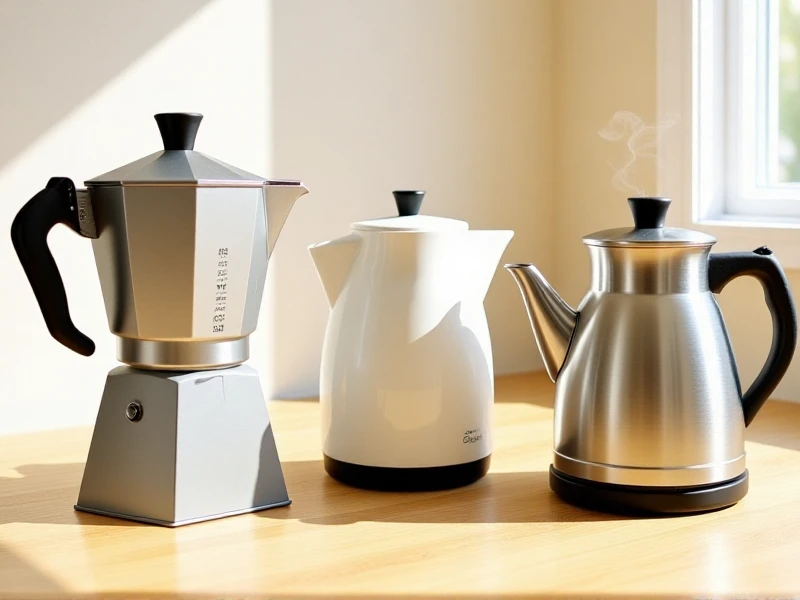
Your Ultimate Guide to Choosing the Perfect Kettle
Whether it’s brewing morning coffee, preparing afternoon tea, or simply needing hot water fast, a reliable kettle is a kitchen essential. But with so many options available – electric versus stovetop, varying materials, sizes, and features – how do you find your ideal match? Let’s break down the key factors to consider when choosing the kettle that best fits your lifestyle and needs.
Electric vs. Stovetop Kettles: What’s Best?
- Electric Kettles: Known for speed and convenience. Modern electric kettles often boil water significantly faster than stovetops, thanks to powerful heating elements. Many offer auto-shutoff features for safety and boil-dry protection. Look for cordless designs with rotate bases for easy pouring and cord management. Variable temperature settings are a huge plus for tea connoisseurs needing precise heat.
- Stovetop Kettles: Offer traditional charm and versatility. They work on gas, electric, induction (if compatible), or even a campfire! Often made from stainless steel, enamel, copper, or glass, they can be a beautiful centerpiece on your hob. While typically slower to boil, they quiet whistle provides an unmistakable alert. Ideal if you dislike countertop gadgets or need a pot capable of rough use.
Material Matters: Impact on Performance & Taste
- Stainless Steel: The most popular choice. Highly durable, resistant to stains and rust, non-reactive, and easy to clean. Usually dishwasher safe. Ensures pure water taste.
- Glass Kettles: Allow you to watch the water boil. Contemporary design. Prone to mineral deposit visibility but generally easy to clean with vinegar solutions. Handle heat resistance can vary.
- Plastic Kettles: Often the most budget-friendly electric options. Choose BPA-free models for safety. May affect water taste over time, and plastic can scratch or discolor.
- Copper/Enamel: Found more in stovetop types. Excellent heat conductivity (copper) & aesthetic appeal (enamel). Copper needs regular polishing; enamelware can chip.
Key Features to Prioritize:
- Capacity (Liters/Quarts): Consider your household size. 1.0L-1.7L is standard for 1-4 people; larger sizes (1.8L ) suit families.
- Speed & Wattage (Electric): Higher wattage (1800W-3000W) generally means faster boiling. Boiling a full kettle should take around 3-5 minutes.
- Safety: Automatic shutoff when boiling is complete is non-negotiable. Boil-dry protection prevents damage if switched on without water. Cool-touch exteriors/handles are essential, especially with children nearby.
- Lid & Spout: Easy-to-open lids (often push-button) make refilling simple. A smooth, non-drip spout provides clean pouring control.
- Water Gauge & Filter: A clear water level indicator prevents over/underfilling. Removable water filters trap scale and impurities, prolonging kettle life and improving taste.
The Health & Convenience Angle
Boiling water in a dedicated kettle ensures it’s heated efficiently and safely, killing potential pathogens. Switching filtered tap water in your kettle reduces limescale build-up and improves taste versus constantly heating water in pans.
Finding Your Perfect Brewing Partner
The right kettle balances speed, safety, capacity, and aesthetics. Assess whether priority lies with lightning-fast boils (electric), timeless design (stovetop kettle), or temperature precision. Invest in quality materials like stainless steel for durability and purity. By focusing on your core needs and the essential features outlined here, you’ll find a kettle that reliably serves you a perfect cup, day after day. Let the water boil!